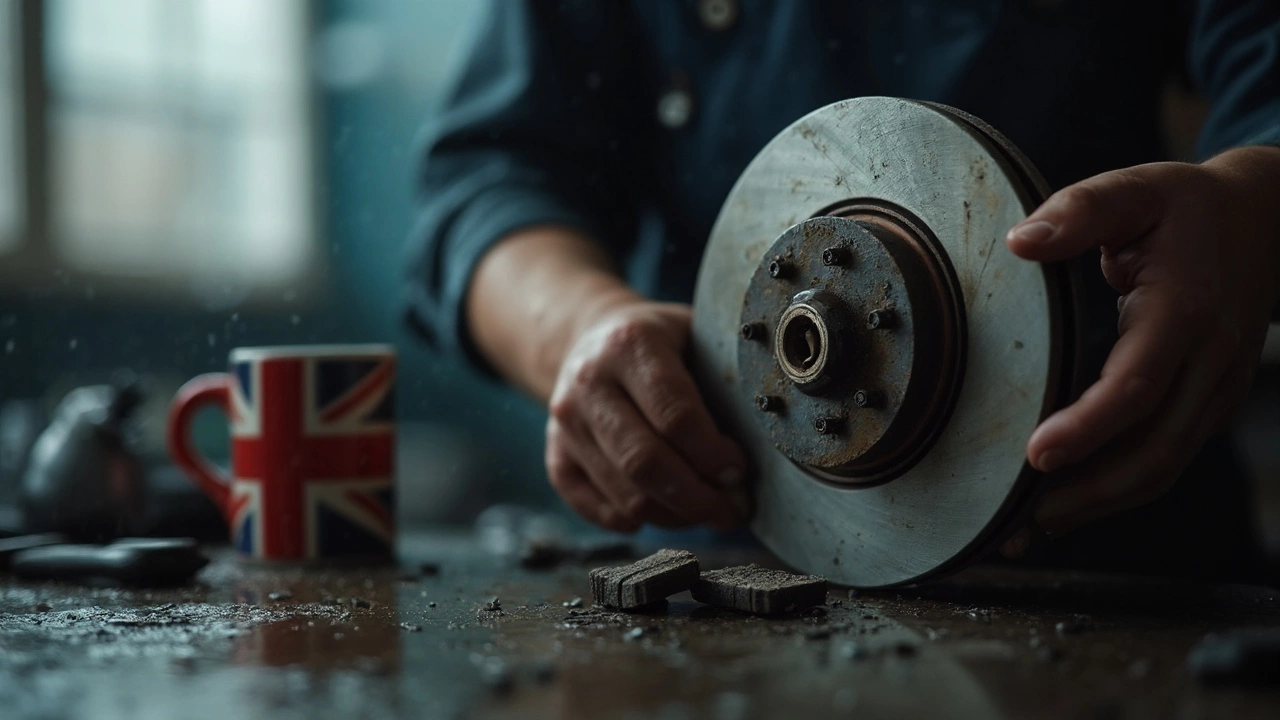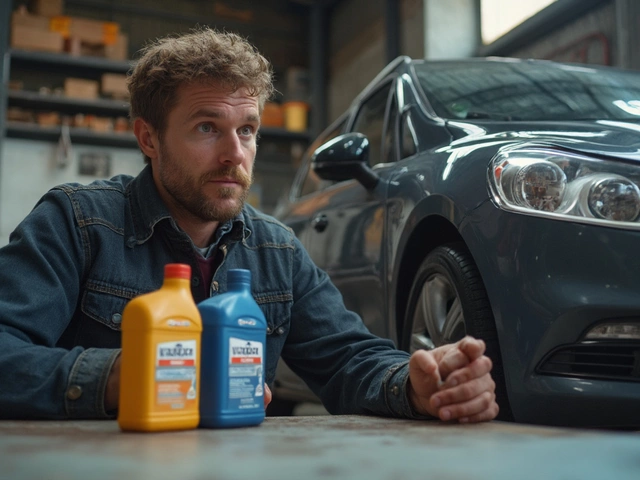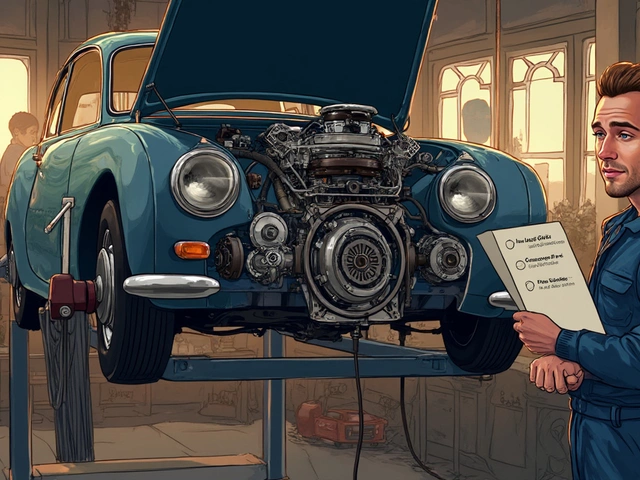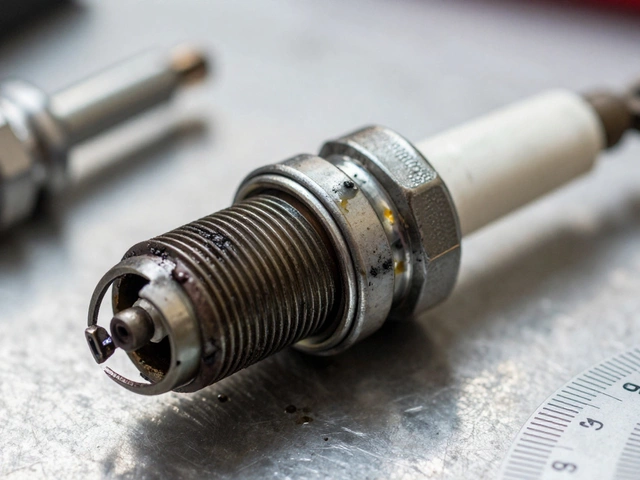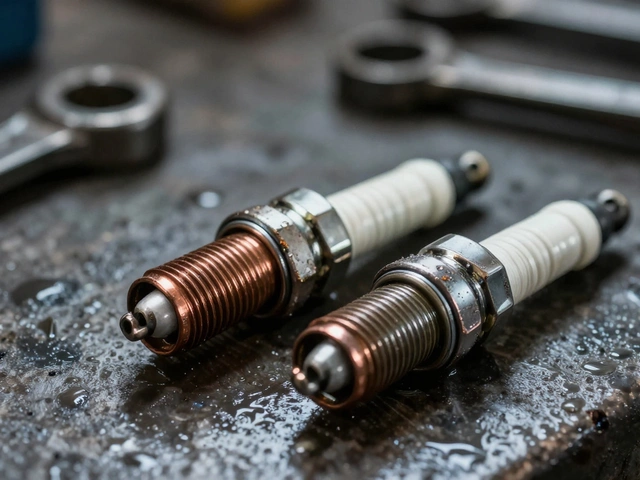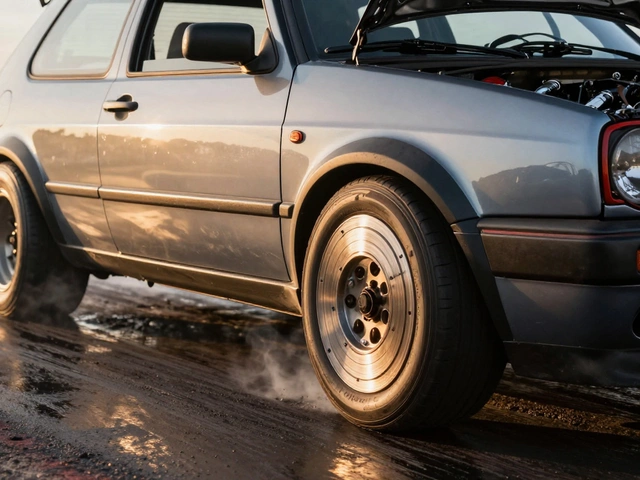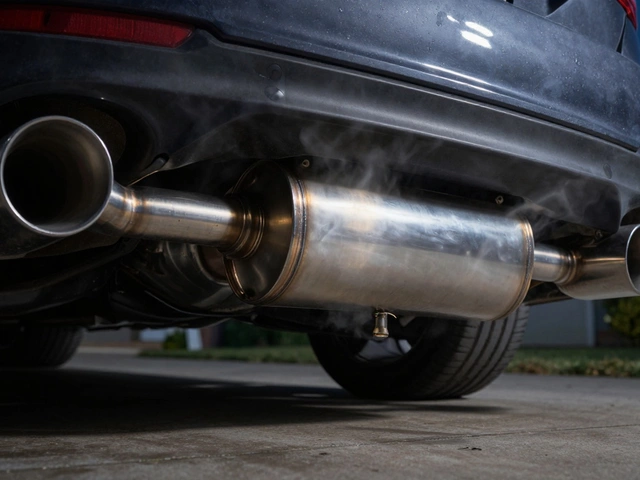Ever wondered if it’s enough to just slap on new brake pads and leave your old rotors in place? You’re not the only one. You see advice all over—some folks say it’s fine, others swear you should always change both. Here’s the real story: your brake pads and rotors are a team, and if one’s worn out, it can mess with the other.
Let’s keep it simple. The brake pads create friction against the rotors—that’s what actually stops your car. When you press the pedal, pads squeeze the spinning rotors. Over time, both parts wear down. If your rotors are grooved, warped, or too thin, putting new pads on won’t fix the underlying problems. It might even make things feel worse, not better.
- The Connection Between Pads and Rotors
- What Happens If You Don’t Replace Rotors?
- When Can You Safely Skip New Rotors?
- Risks That Show Up Over Time
- Tips for Smoother Braking and Saving Money
The Connection Between Pads and Rotors
Your brake pads and rotors are like sneakers gripping a gym floor. The pads clamp down on the rotors every time you stop. Without both working right, your whole braking system takes a hit. If either part is bad, your stopping distance can get longer, and you may feel pulsing or vibration in the pedal.
Rotors aren’t just dull metal discs—they’re precisely machined for a reason. When new, rotors are flat and smooth, giving the brake pads the best possible grip. Over time, heat and friction wear them down. You’ll sometimes see deep grooves, scoring, or even notice the rotor doesn’t look as thick as it used to. According to several mechanics, rotors should be at least 1mm thicker than the minimum spec printed on their edge. The magic number is different for each car, but it’s worth checking.
Let’s talk numbers for a second. According to a 2023 auto repair survey, 68% of brake issues were linked to uneven wear between brake pads and rotors, not just the pads alone. That’s why pros always check both parts, not just slap on new pads and call it a day.
If rotors aren’t evenly worn, new brake pads might not touch the rotor all the way. You lose stopping power, and the pads can wear out much faster. Sometimes you’ll even hear nasty squeaks or scraping—a clear sign the system’s not happy.
- Good rotors = better grip for pads.
- Bad rotors = uneven pad wear and noisy stops.
- Perfect match = shorter stopping distance and more control.
The takeaway? Your brake pads and rotors work best as a team. Keep both in decent shape if you want your brakes to feel solid and reliable.
What Happens If You Don’t Replace Rotors?
So, what really goes down if you skip changing the rotors and only put in fresh brake pads? Well, first off, those shiny new pads are going to ride on the same old surface. If your rotors are grooved, warped, or have a lip at the edge, your new pads will get chewed up way faster than they should. Pads are designed to work with a flat, even rotor. They’ll wear unevenly, and sometimes you’ll even spot weird marks on the pad after just a few weeks.
Another thing—old rotors can cause noise. That familiar squeaking or grinding as you slow down? That’s usually uneven contact between pad and rotor. Warped rotors are a big culprit behind brake pedal pulsation. If you feel a shake or vibration when you hit the brakes, your rotors are probably not in great shape.
Even more important: your stopping distance can get noticeably longer. According to brake industry data, uneven or damaged rotors can make you stop several feet later than expected. Here’s how that might look in real numbers:
| Rotor Condition | Average Stopping Distance (60 to 0 mph) |
|---|---|
| New or resurfaced rotors | 120 feet |
| Warped/grooved rotors | 130+ feet |
That extra ten feet can be the difference in an emergency. If you hear squealing, feel pulsing in the pedal, or see rust and deep grooves on the rotor face, those are your warning signs. Bottom line: saving money by skipping the rotors sounds tempting, but you may end up paying for it with shaky brakes, noisy stops, or worse, less stopping power when you really need it.
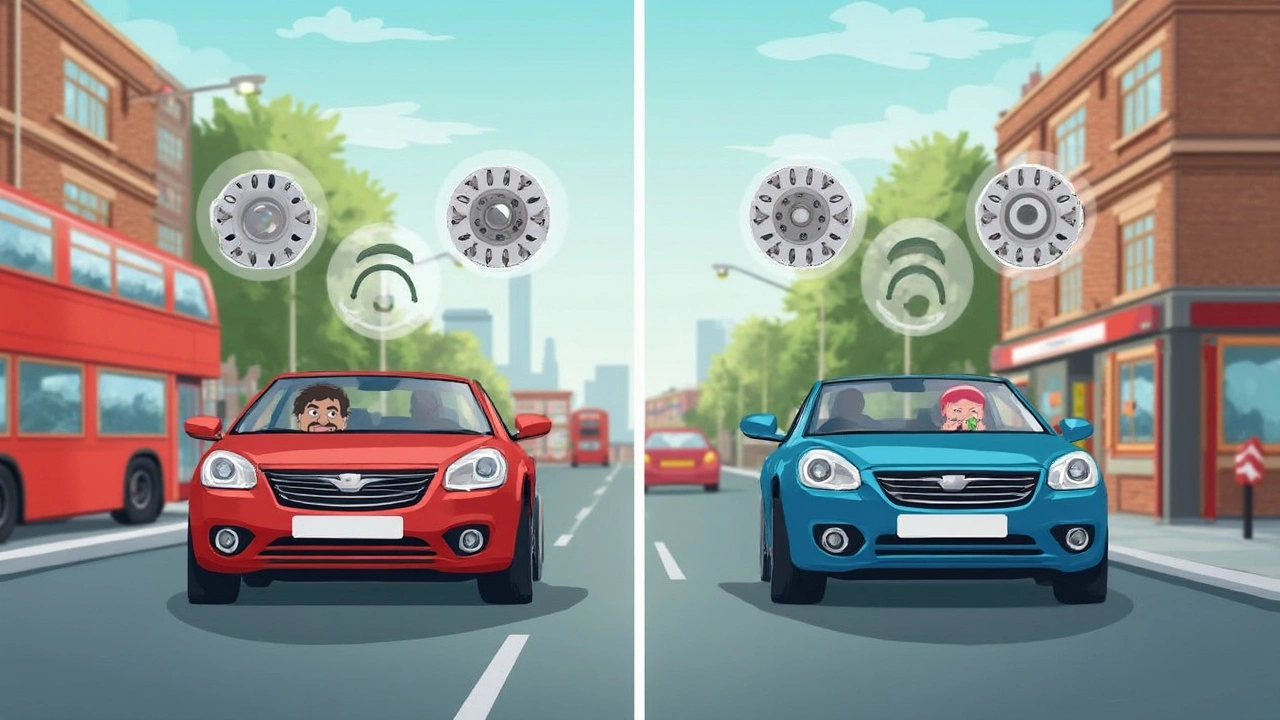
When Can You Safely Skip New Rotors?
There’s no sense in blowing extra cash on rotors if yours are actually in good shape. A lot of shops push for new rotors every time, but sometimes it’s genuinely OK to keep the old ones — you just need to know what to look for. Here’s when you can get away with swapping brake pads only:
- Rotors are smooth and flat: Run your finger (careful, they can be sharp) across the surface. If you don’t feel ridges, grooves, or deep rust, that’s a good sign.
- No visible cracks or blue spots: Heat spots or cracks mean the rotors are cooked. If you don’t see any, you might be in the clear.
- Thickness is within spec: Every car’s rotors have a minimum thickness. It’s usually stamped right on the rotor or listed in the manual. If yours are above that number with plenty of life left, you’re good.
- No pulsing or vibration: If your steering wheel shakes when you brake or you feel a pulsing in the pedal, that’s a classic sign of a warped rotor. If braking feels smooth, that’s another checkmark for keeping your rotors.
Here’s a quick look at what manufacturers usually recommend for minimum rotor thickness and rotor wear checks, just so you have a ballpark in mind:
| Vehicle Type | Typical Min. Rotor Thickness |
|---|---|
| Passenger Car | 20-24 mm |
| SUV/Truck | 28-32 mm |
Whatever you do, never guess. Use a micrometer or ask your mechanic to measure the rotor thickness for you. Skipping rotors when you shouldn’t can wreck your brand-new brake pads fast, and end up costing way more down the road.
Risks That Show Up Over Time
If you just swap in new brake pads but ignore the rotors, problems can creep up that you won’t always notice right away. At first, the car might seem okay, but over the next few months, odd stuff can start popping up.
Here’s what really goes down:
- Uneven Wear: If your rotors are grooved, warped, or too thin, your fresh pads take a beating. They press against rough or bumpy spots, wearing out faster and sometimes unevenly. That just means you’ll be buying new pads again sooner than you expected.
- Vibration: Warped rotors can make your steering wheel shake when you brake, especially at high speeds. Imagine tapping the brakes on the highway and feeling that annoying vibration every single time. Not ideal.
- Longer Stopping Distance: Pads need a smooth surface to really grip the rotors. If the surface isn’t even, your car might not stop as quickly as it used to. And let’s be honest, nobody wants more feet added to their stopping distance in an emergency.
- Brake Noise: Grooved or pitted rotors love to create squeaking, squealing, or grinding sounds – even with brand new pads. If you replaced your brake pads hoping for peace and quiet, you might be disappointed.
- Heat Buildup: Old rotors can have hot spots that mess with heat dissipation. That means your brakes might get too hot, fade faster, and even fail in the worst case. You don’t want to test that on a long downhill drive.
Check out this real-world comparison—a shop in Ohio tracked how long pads last on worn vs. new rotors:
| Rotor Condition | Average Pad Lifespan (miles) |
|---|---|
| New Rotors | 38,000 |
| Worn Rotors | 21,000 |
That’s a drop of almost half the life you’d normally get out of your brake pads! Cheaping out once can mean coughing up for new pads a lot sooner than you thought. Plus, ignoring bad rotors can cause damage to your brake calipers and, in extreme cases, risk your safety. The bottom line? Replacing just the pads can backfire over time.
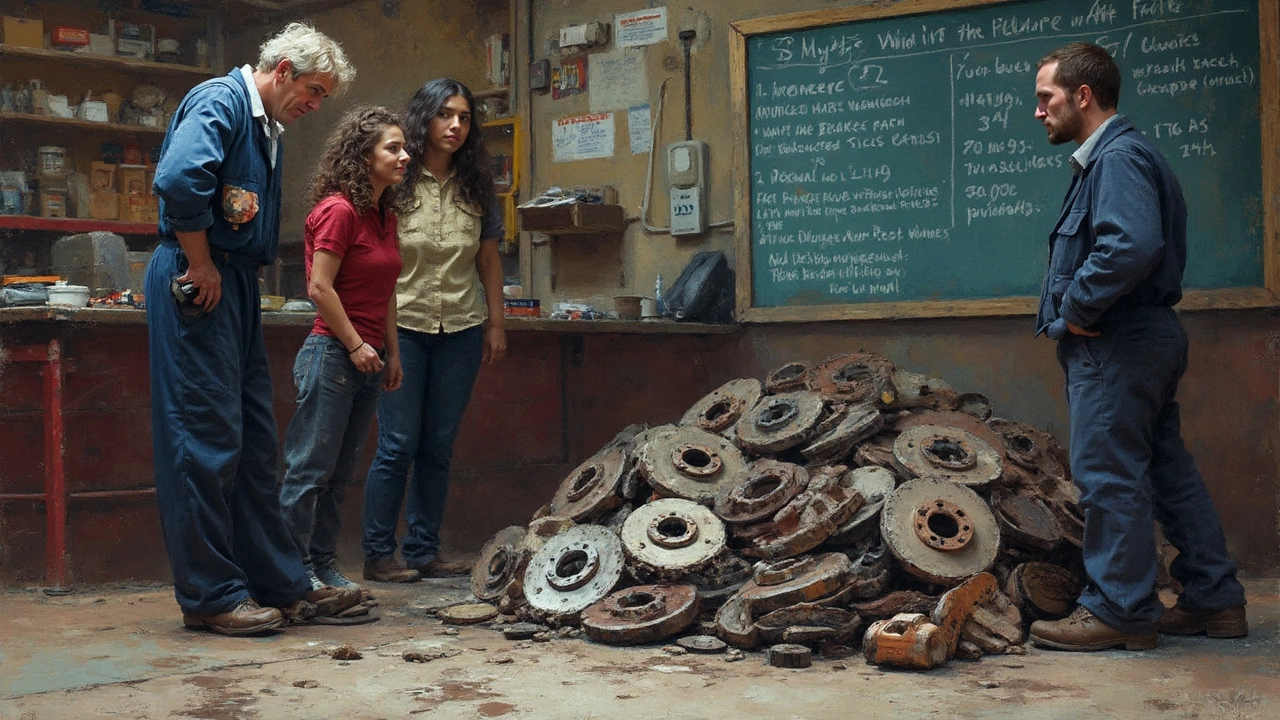
Tips for Smoother Braking and Saving Money
So you want to skip the headaches and make sure your brake pads and rotors last as long as possible? There’s a few moves that really matter—plus a couple of shop tricks that’ll help your wallet breathe easier.
First up, always check your rotors for deep grooves or big ridges before putting on new pads. Even tiny warps can make your car shudder when you brake. If your steering wheel shakes, your rotors probably aren’t smooth. Mechanics often say rotors should be at least as thick as your car’s minimum spec—grab a cheap caliper gauge and take a look yourself if you want to double-check.
- Buy quality brake pads instead of the cheapest grab on the shelf. Cheap pads wear fast and can damage rotors quicker.
- Stick to regular brake checks—every 10,000 miles or so is a good aim, or anytime you hear screeching or feel pulsing.
- After installing new pads without new rotors, gently ‘bed in’ your brakes by making a half-dozen slow, steady stops from about 30 mph down to a crawl. This helps the pads wear in evenly and mate to the rotors you kept.
- Don’t ignore noises. Squealing, grinding, or jerky stops often mean either the pads or rotors need help sooner, not later.
Here’s something a lot of folks miss: city drivers wear out brakes way faster than highway commuters. You’re hitting your brakes way more in traffic.
| Driving Habit | Typical Pad Life (Miles) |
|---|---|
| Mainly highway | 30,000 - 70,000 |
| Mostly city/stop-and-go | 15,000 - 35,000 |
If you want to save money long-term, talk to your shop about turning (machining) your rotors instead of automatically buying new ones. Some rotors can be smoothed and reused if they’re still thick enough. Just remember, once they get close to the minimum thickness stamp, it’s time to swap them out.
Final tip: keep an eye out for deals on labor—some shops throw in free rotor turnings if you’re already buying brake pads. Don’t be shy about asking.
